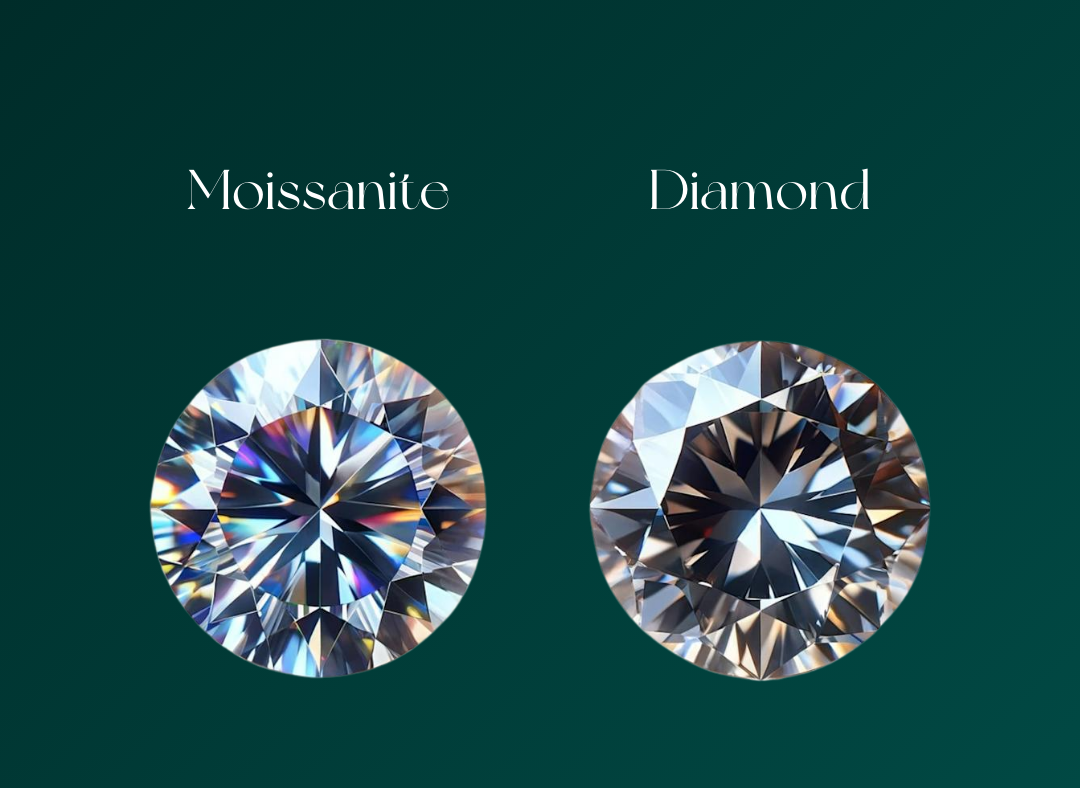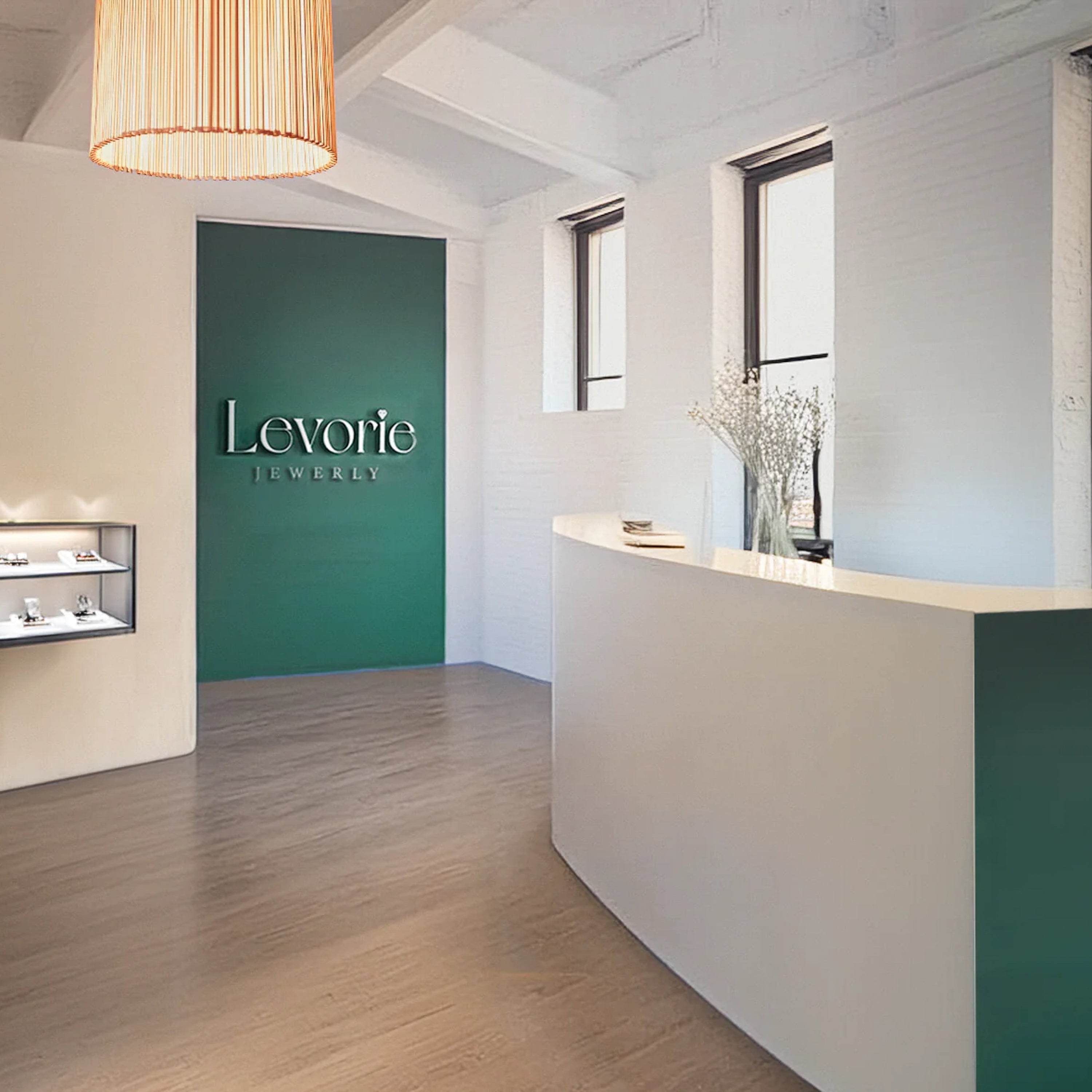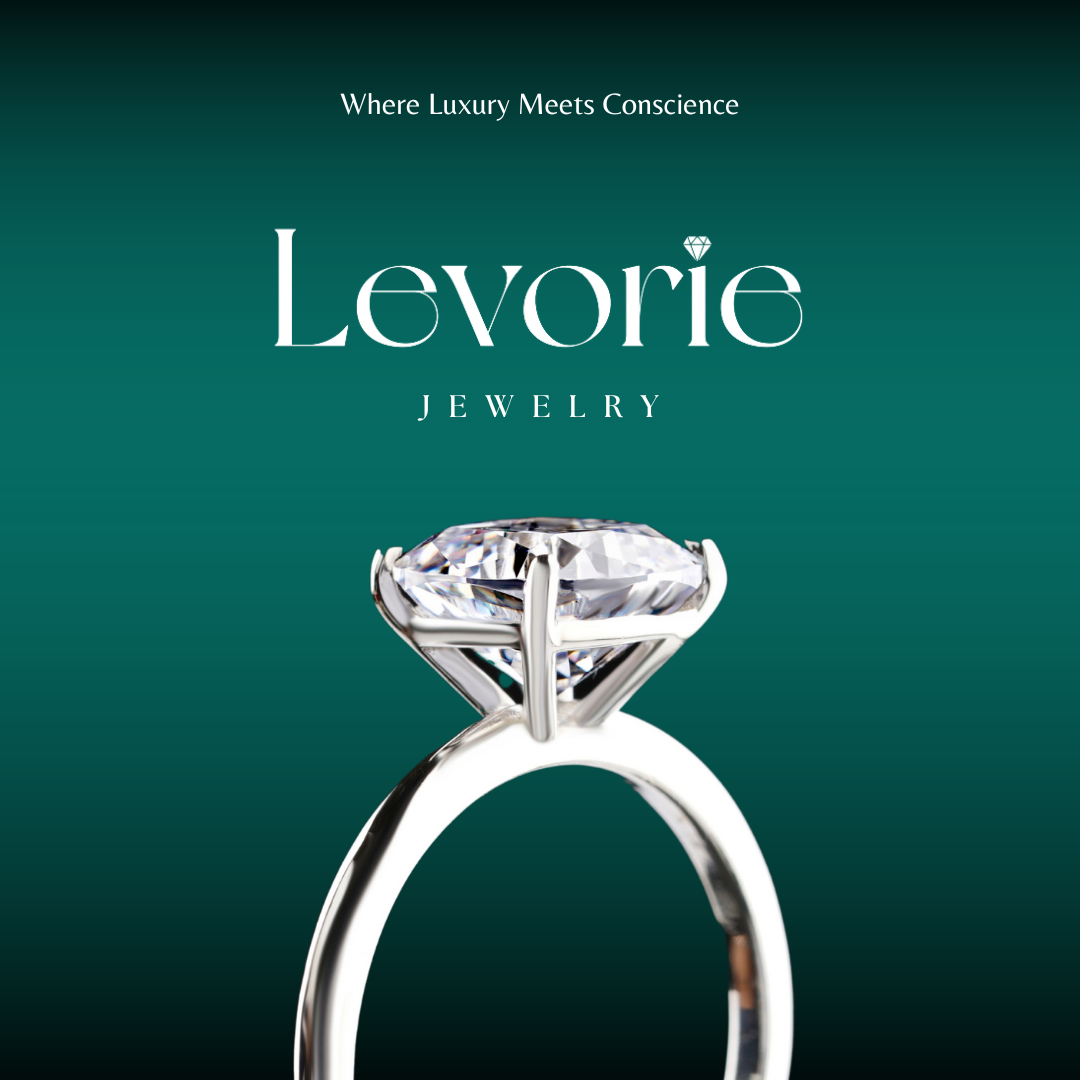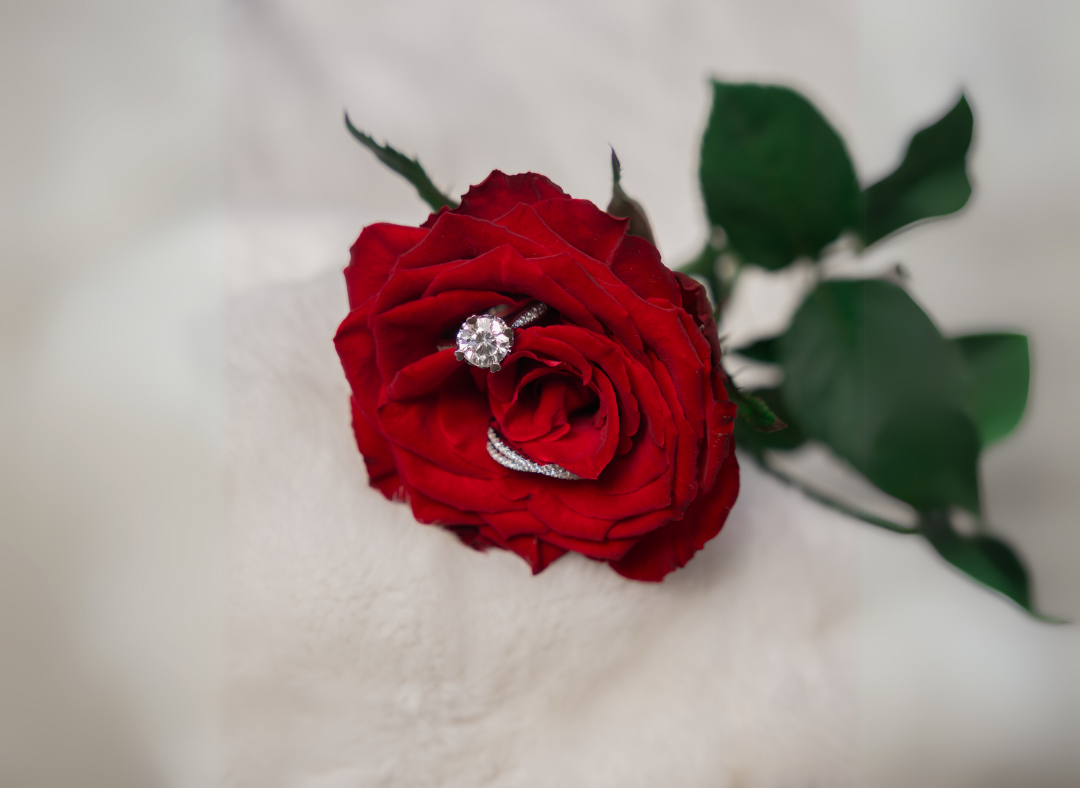Article: Moissanite vs. Diamond: The Ultimate Comparison Guide

Moissanite vs. Diamond: The Ultimate Comparison Guide
When it comes to purchasing an engagement ring, the decision between moissanite and diamond often sparks lively debates. After all, diamonds have long been hailed as the ultimate symbol of love, luxury, and commitment. But with the rise of moissanite as a stunning and sustainable alternative, it’s no wonder that many are considering it for their special day. In this guide, we’ll dive deep into the differences, benefits, and considerations of moissanite versus diamond, helping you make an informed, ethical, and beautiful choice for your engagement ring.
What is Moissanite?
Before diving into the comparison, let's start by understanding moissanite. Moissanite is a rare, naturally occurring mineral composed of silicon carbide. French chemist Henri Moissan discovered it in 1893. Though originally found in meteorites, today’s moissanite is primarily created in labs to ensure consistent quality and sustainability.
The process of creating lab-grown moissanite is environmentally friendly, and the stones are ethically sourced. Thus, they are an increasingly popular choice for those seeking a diamond alternative that is not only visually stunning but also aligns with ethical and sustainable practices.
What is a Diamond?
Diamonds, formed deep within the Earth’s crust over millions of years, have been treasured for centuries for their brilliance, rarity, and durability. They are composed of carbon atoms arranged in a crystalline structure. Diamonds are naturally mined, a process that can have significant environmental and social impacts depending on where and how they’re sourced.
While diamonds are prestigious in many cultures, they are also often associated with high environmental costs, labor practices, and ethical concerns, especially regarding conflict diamonds. These concerns have led many shoppers to seek alternative options like moissanite.
Visual Comparison: Brilliance, Fire, and Sparkle
The most noticeable difference between moissanite and diamond is their brilliance — the amount of light that is reflected off the stone. While diamonds are often considered the ultimate in sparkle, moissanite has a higher refractive index (2.65) compared to diamonds (2.42). This means that moissanite tends to reflect more light, creating a brighter, more colorful sparkle that can be mesmerizing in certain lighting.
Moissanite also exhibits more "fire," the dispersion of light into different colors, than diamonds. This means moissanite stones often show more colorful flashes of light, making them incredibly eye-catching. Diamonds, on the other hand, tend to have a more subtle brilliance that many people find classic and timeless. Ultimately, which one you prefer comes down to your personal taste — do you love the rainbow-like sparkle of moissanite, or do you prefer the refined elegance of a diamond?
Durability: Toughness and Longevity
When it comes to durability, diamonds have long been considered the hardest material on Earth, ranking a 10 on the Mohs scale of hardness. This makes them incredibly resistant to scratches and ideal for daily wear. However, moissanite is no slouch in this department either. Ranking at 9.25 on the Mohs scale, moissanite is almost as hard as a diamond, making it highly resistant to scratching and suitable for everyday wear.
While both stones are remarkably tough, it’s important to note that diamonds can chip under extreme impact due to their crystal structure, whereas moissanite’s more angular shape offers better resistance to this. In terms of longevity, both moissanite and diamonds are built to last a lifetime, making them ideal choices for engagement rings.
Price: The Financial Consideration
One of the most significant differences between moissanite and diamond is the price. Moissanite is considerably more affordable than diamonds, often costing a fraction of the price for a stone of similar size and quality. This makes moissanite an attractive option for buyers looking for a high-quality, large stone without the hefty price tag that comes with diamonds.
For example, a 1-carat moissanite stone can cost between $400 and $800, whereas a 1-carat diamond of similar quality can cost anywhere from $4,000 to $8,000 or more. This difference in price allows buyers to either save money or invest in a larger stone for the same price.
Ethical and Environmental Considerations
Ethical sourcing and environmental impact are becoming increasingly important to jewelry shoppers, and this is where moissanite truly shines. Moissanite is a lab-grown stone, meaning that it is created using sustainable, ethical methods. No mining is involved, which avoids the environmental destruction and ethical issues that can be associated with diamond mining, such as child labor, unsafe working conditions, and the exploitation of workers in conflict zones.
On the other hand, while diamonds can also be lab-grown, many diamonds on the market are mined. While efforts have been made to improve the ethical practices of the diamond industry through certifications like the Kimberley Process, there are still concerns about the environmental toll and human rights issues surrounding traditional diamond mining.
For ethically conscious buyers, moissanite offers a guilt-free alternative to diamonds, allowing you to support sustainable practices while still enjoying a gorgeous stone that embodies the same brilliance and elegance.
The Process of Buying: Certification and Quality Control
When purchasing either a moissanite or diamond engagement ring, it’s important to consider the certification process. Moissanite stones, like diamonds, can be certified for their quality and authenticity. Levorie’s moissanite jewelry, for example, features stones that are certified by the Gemological Research Authority (GRA) for their authenticity and quality. This ensures that every piece meets high standards and guarantees that the stones are of superior craftsmanship.
Diamonds are typically certified by organizations like the Gemological Institute of America (GIA) or the American Gem Society (AGS). These certifications evaluate diamonds based on the 4 Cs: carat weight, color, clarity, and cut. When shopping for a diamond or moissanite ring, it’s important to verify the certification to ensure you’re getting a quality stone.
Style and Design: Which One Fits Your Taste?
Both moissanite and diamond offer a wide array of styles and designs, so finding a piece that matches your aesthetic is easy. Engagement rings, wedding bands, earrings, necklaces, and bracelets can all be crafted from either moissanite or diamond, and the setting styles are nearly identical for both.
Whether you’re drawn to the elegance of a solitaire setting or prefer something more intricate like a halo or three-stone ring, you’ll find a design that reflects your personality and style. Moissanite is available in various shapes — round, oval, princess, cushion, and emerald — allowing for customization that suits any preference.
Levorie’s commitment to timeless artistry ensures that each piece of moissanite jewelry is a true work of art, from the initial design to the final polishing. Whether you’re selecting a classic solitaire engagement ring or a bold, statement-making piece, moissanite provides the same versatility as diamonds.
Which is Right for You?
The decision between moissanite and diamond ultimately depends on your personal preferences and values. If you love the idea of a sparkling, affordable stone that’s ethically sourced and environmentally friendly, moissanite could be the perfect choice. On the other hand, if you’ve always dreamed of a traditional diamond with the timeless appeal and status it carries, then a diamond may be more your style.
The good news is that both moissanite and diamonds are stunning choices for engagement rings, each offering unique advantages in terms of brilliance, durability, price, and ethics. As an expert jeweler, Levorie ensures that every piece of moissanite jewelry is crafted with care and precision, allowing you to make a choice that reflects both your love for beauty and your commitment to sustainability.
Final Thoughts
Whether you choose a diamond or a moissanite engagement ring, the most important thing is that it represents your love and commitment. At Levorie, we believe that both diamonds and moissanites can be symbols of enduring elegance, and our handmade jewelry ensures that each piece is crafted to perfection. Whatever you decide, rest assured that your ring will be a reflection of your unique love story.



